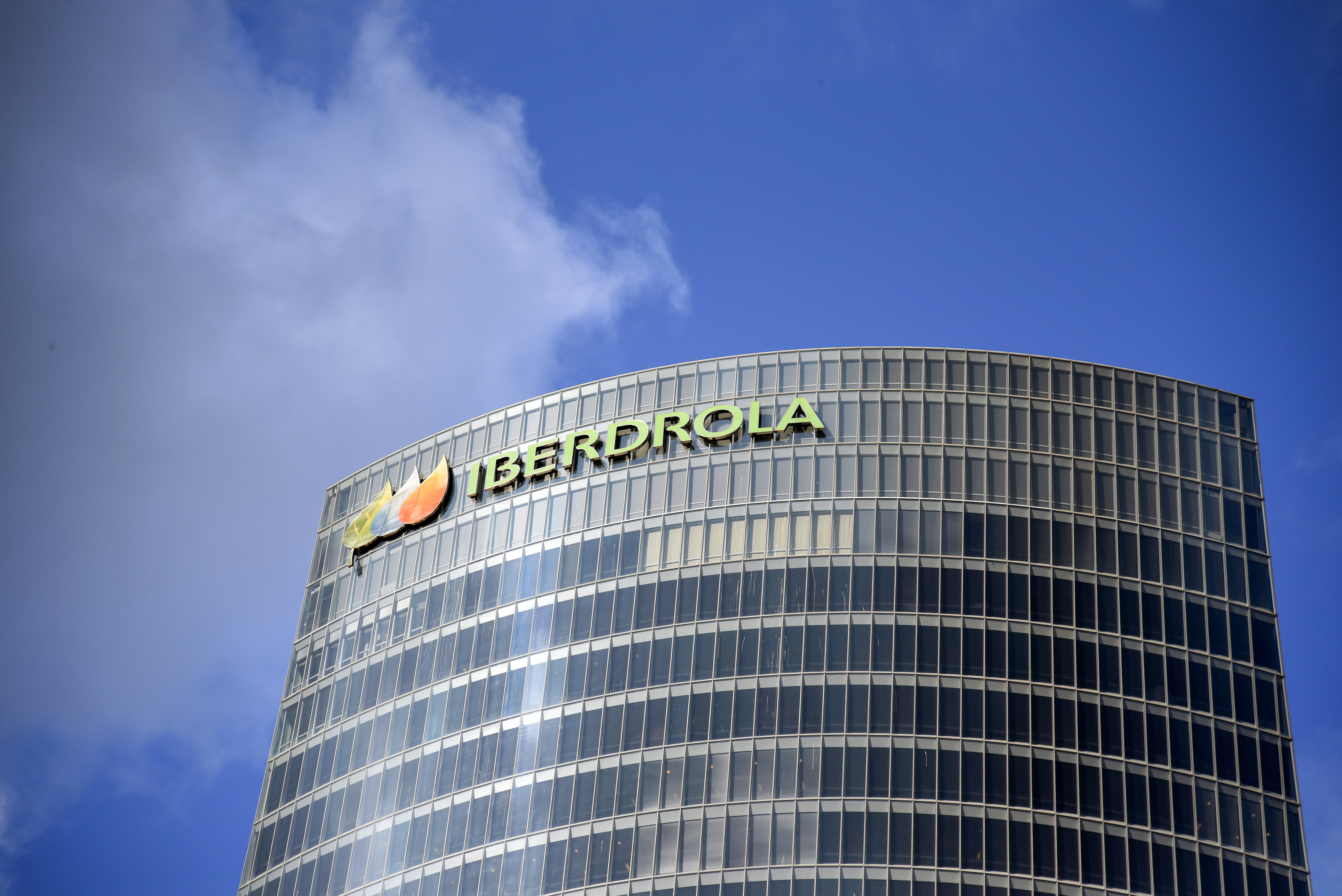Spanish power company Iberdrola and Sweden’s H2 Green Steel are to partner and develop a major facility that will produce green hydrogen, in yet another example of how companies are taking an interest in the much talked about sector.
In an announcement on Thursday, the firms said the 2.3 billion euro ($2.6 billion) project would see them set up a green hydrogen facility with an electrolysis capacity of 1 gigawatt. Financing will come from a mixture of equity, green project financing and public funding.
Hydrogen, which has a diverse range of applications and can be deployed in a wide range of industries, can be produced in a number of ways.
One method includes using electrolysis, with an electric current splitting water into oxygen and hydrogen. If the electricity used in this process comes from a renewable source such as wind or solar then some call it green or renewable hydrogen.
The idea is that the green hydrogen from the Iberdrola and H2 Green Steel development will be utilized to generate roughly 2 million tons of direct reduced iron, or DRI, each year, which can then be used to produce steel.
At 1 GW, the scale of the project is significant: according to the International Energy Agency, global installed electrolyzer capacity stood at just 0.3 GW in 2020.
The development by Iberdrola and H2 Green Steel will be situated on the Iberian Peninsula — no specific location has been announced yet — and is slated to commence production in 2025 or 2026.
The electrolyzer itself will be co-owned and operated by the two companies. Iberdrola will provide renewable energy to the site, with H2 Green Steel owning and operating DRI production, including any processes connected to downstream steel production.
The businesses said they would also “explore the opportunity to co-locate a Green Steel production facility capable of producing 2.5-5 million tons of Green flat steel annually, in conjunction with the plant.”
In a statement, Aitor Moso, Iberdrola’s liberalized business director, said green hydrogen would be “a critical technology in the decarbonization of heavy industrial processes such as the production of steel.”
Projects such as the one being planned with H2 Green Steel would, Moso said, “help to speed-up the commercialization of larger and more sophisticated electrolyzers, making green hydrogen more competitive.”
Reducing the environmental footprint of intensive industrial processes is a significant challenge.
“Among heavy industries, the iron and steel sector ranks first when it comes to CO2 emissions, and second when it comes energy consumption,” the IEA says, adding that the iron and steel sector is responsible for 2.6 gigatonnes of carbon dioxide emissions each year.
“The steel sector is currently the largest industrial consumer of coal, which provides around 75% of its energy demand,” it says.
Hopes for hydrogen, but hurdles too
Over the last few years, a number of major businesses have become involved in projects centered around green hydrogen.
In November, for example, Australia-headquartered Fortescue Future Industries said it would become the U.K.’s largest supplier of green hydrogen after signing a memorandum of understanding with construction equipment firm JCB and Ryze Hydrogen.
In the same month, it was announced that Norsk Hydro and oil giant Shell would look into the potential of joint projects focused on green hydrogen production.
While there is excitement about the potential of green hydrogen, there are also hurdles to overcome.
In October, the CEO of Siemens Energy spoke about the issues he felt were facing the sector, telling CNBC that there was “no commercial case” for it at this moment in time.
In comments made during a discussion at CNBC’s Sustainable Future Forum, Christian Bruch outlined several areas that would need attention in order for green hydrogen to gain momentum.
“We need to define boundary conditions which make this technology and these cases commercially viable,” Bruch told CNBC’s Steve Sedgwick. “And we need an environment, obviously, of cheap electricity and in this regard, abundant renewable energy available to do this.” This was not there yet, he argued.
A few months earlier, in July, Enel CEO Francesco Starace said there was “no competition for capital between hydrogen and renewables.”
“Hydrogen today is a niche, and it is a niche that needs to develop into commercial standard and into … big industry, competitive pricing,” Starace said, signaling that such a shift would probably take 10 years.
